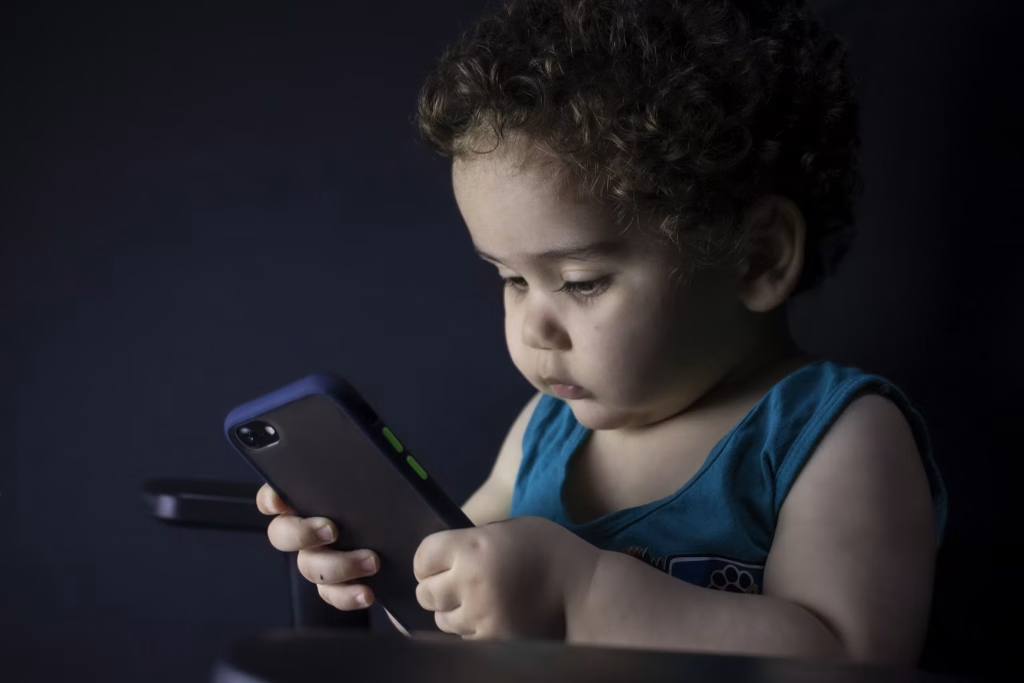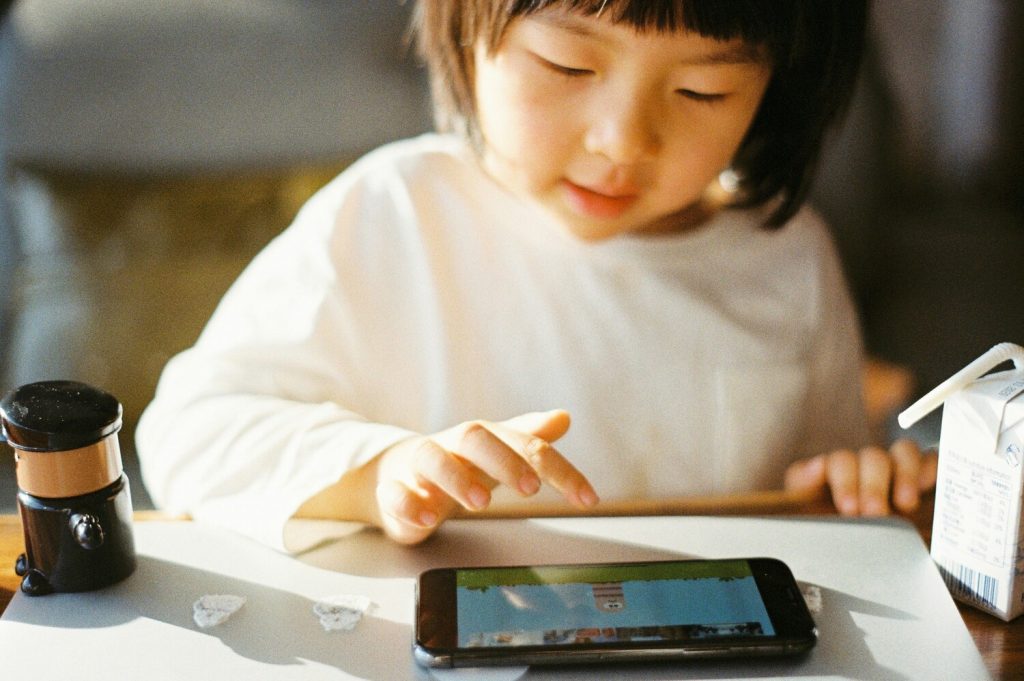
Screens are everywhere, and for parents today, navigating the realities of raising kids in a digital world means confronting some tough truths. From toddlers swiping before they can walk to teens glued to social media, technology has become a core part of childhood. While digital tools can offer convenience and education, they also introduce unique pressures, mental health concerns, and parenting dilemmas that no generation has faced before. Pretending the digital landscape isn’t reshaping childhood doesn’t help anyone, especially our kids. So let’s look at the hard truths that modern parents need to face head-on.
1. Screen Time Starts Way Earlier Than You Think
Even if you plan to delay devices, kids are often exposed to screens as infants. Whether it’s a video playing in the background or a quick distraction while grocery shopping, screen exposure starts earlier than many parents expect. Research shows that toddlers can become dependent on digital entertainment, which affects attention spans and self-regulation. Despite best efforts, avoiding screens entirely is nearly impossible in today’s world. What matters most is setting realistic boundaries and modeling mindful tech use from day one.
2. Social Media Is Their Social Life
For many kids, especially tweens and teens, social media isn’t just a hobby—it’s their social universe. While parents may remember phones with cords and in-person hangouts, kids today communicate through snaps, DMs, and group chats. That means friendship drama, peer validation, and even bullying can follow them home and live on their screens 24/7. It’s tempting to dismiss online life as “not real,” but for your child, it absolutely is. Helping them navigate this landscape means understanding their world, not just monitoring their screen time.
3. Parental Control Tools Aren’t Foolproof
While apps and filters can help limit what kids see, they’re not a substitute for actual conversations and oversight. Tech-savvy kids often find workarounds or stumble onto inappropriate content through ads, links, or friends’ devices. No parental control tool can replace honest, age-appropriate conversations about safety, privacy, and values. Raising kids in a digital world requires active engagement, not just automated boundaries. Don’t let a dashboard lull you into a false sense of security.
4. They’re Watching You—Always
Kids don’t just consume content—they watch how their parents use tech too. If you’re constantly checking your phone during meals, multitasking with screens, or distracted during playtime, they notice. Your habits shape their expectations for how relationships and attention should work. It’s uncomfortable but necessary to reflect on how your own digital habits might be influencing your child. Modeling a healthy relationship with technology is one of the most powerful parenting tools you have.
5. Online Safety Isn’t Just About Stranger Danger
Parents often worry about predators, but today’s digital threats are much more nuanced. From oversharing personal information to falling for scams or engaging with toxic content, kids face a variety of risks online. Even well-meaning friends can unintentionally expose them to harmful material. Teaching kids about safety today means covering privacy settings, fake news, phishing attempts, and even how to set boundaries with peers. Digital literacy is as essential as reading and math.
6. Tech Can Affect Mental Health in Sneaky Ways
Scrolling endlessly, comparing lives, chasing likes—it all takes a toll. Studies link heavy social media use with anxiety, depression, and low self-esteem, especially in teens. But the effects aren’t always obvious. You might notice irritability, sleep changes, or withdrawal instead of classic signs of distress. Raising kids in a digital world means being alert to the subtle impacts and keeping mental health a regular topic of discussion in your home.
7. Educational Tech Isn’t Always As Beneficial As It Seems
Not all screen time is created equal, but not all “educational” content is actually helpful. Many apps and games market themselves as learning tools but are designed more for engagement than real skill-building. Just because something has bright colors and numbers doesn’t mean it’s supporting your child’s development. Parents need to vet resources carefully and not assume that any tech with a label of “educational” deserves a free pass. Quality over quantity should always be the rule.
8. It’s OK to Say No—Even If You Feel Like the Only One
Peer pressure doesn’t stop with your kids. Parents often feel pressured to allow devices or apps just to avoid conflict or because “everyone else has it.” But just because something is common doesn’t mean it’s healthy or right for your family. Setting limits doesn’t make you a bad parent—it makes you a responsible one. Trusting your instincts and values can be tough in a tech-saturated culture, but your child’s long-term well-being is worth it.
A Digital Reality Check for Parents
Raising kids in a digital world isn’t about banning screens or fearing every app—it’s about staying curious, informed, and involved. The goal isn’t perfection; it’s connection. By acknowledging the uncomfortable truths and making intentional choices, parents can help their kids grow up with both tech skills and emotional resilience. Staying present and adaptable goes a lot further than following every trend. Your voice, guidance, and support are what truly shape how your child interacts with the digital world.
What’s one uncomfortable digital truth you’ve had to face as a parent? Share your thoughts or tips in the comments—we’d love to hear from you!
Read More:
10 Screen-Free Activities to Keep Kids Entertained
5 Signs Your Child Is Addicted to Their Tablet—and What to Do
Catherine is a tech-savvy writer who has focused on the personal finance space for more than eight years. She has a Bachelor’s in Information Technology and enjoys showcasing how tech can simplify everyday personal finance tasks like budgeting, spending tracking, and planning for the future. Additionally, she’s explored the ins and outs of the world of side hustles and loves to share what she’s learned along the way. When she’s not working, you can find her relaxing at home in the Pacific Northwest with her two cats or enjoying a cup of coffee at her neighborhood cafe.







